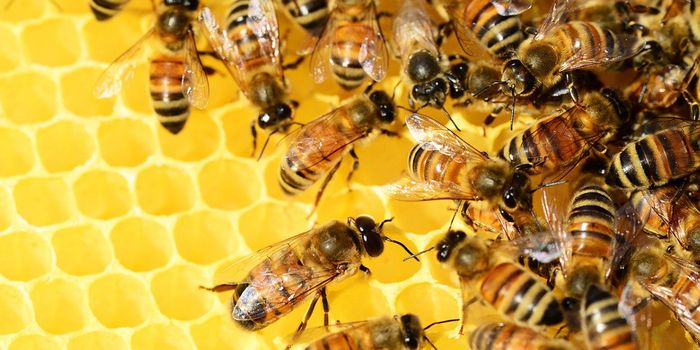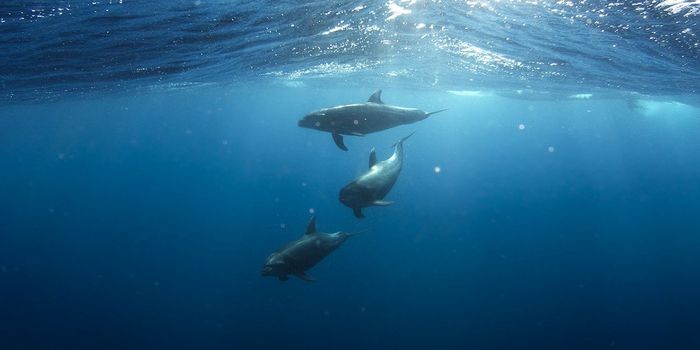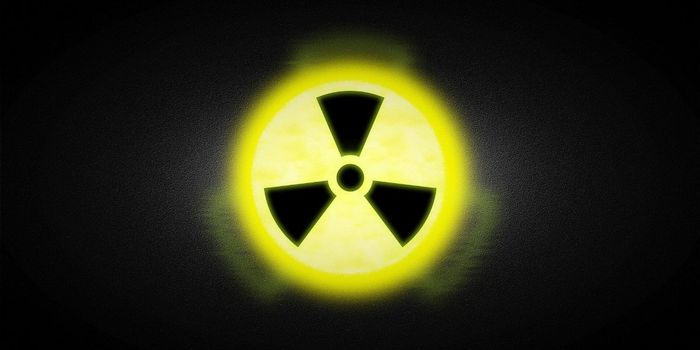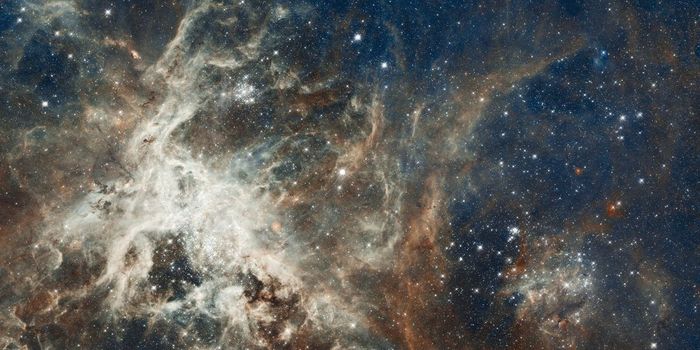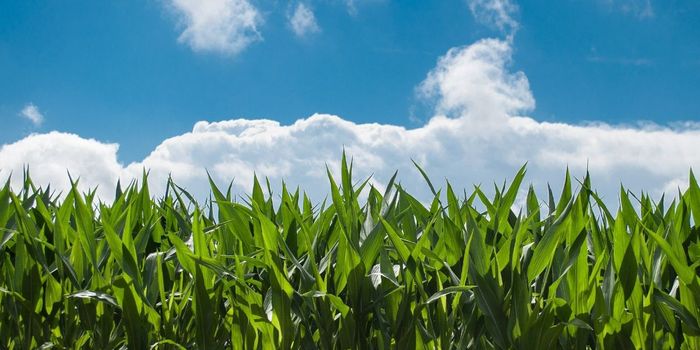It's that time of year again. Time to sit outside at dusk and watch large rockets explode overhead, with colors and shapes whistling down from the sky. Fireworks are a staple of mid summer celebrations of Independence Day and the weekend wouldn't be complete without them. But how do they work, what gives them their distinct color and shape? It's all in the chemistry.
Two ingredients are key. Fuel and an oxidizer, so you need gunpowder, which is a combination of charcoal and potassium nitrate, and you need flames, that will provide oxygen. When heated, the potassium nitrate releases oxygen, mixing with the fuel and creating nitrogen gas, that expands and then? Kaboom! Inside an arial firework shell along with the gunpowder are what's called stars, or small clumps of metals that provide color and sparks. The placement of the stars and the different metals used give the fireworks their unique shapes and color. Placing the shells into a tube, with more gunpowder at the base and a fuse will launch them skyward where the innards eventually explode, raining colored sparks and shapes to the crowd below. That's how fireworks provide the "ooooh....ahhhhh.....wow" reactions from crowds all over the country. Remember though, these are explosives, be safe and have a happy Fourth of July!

